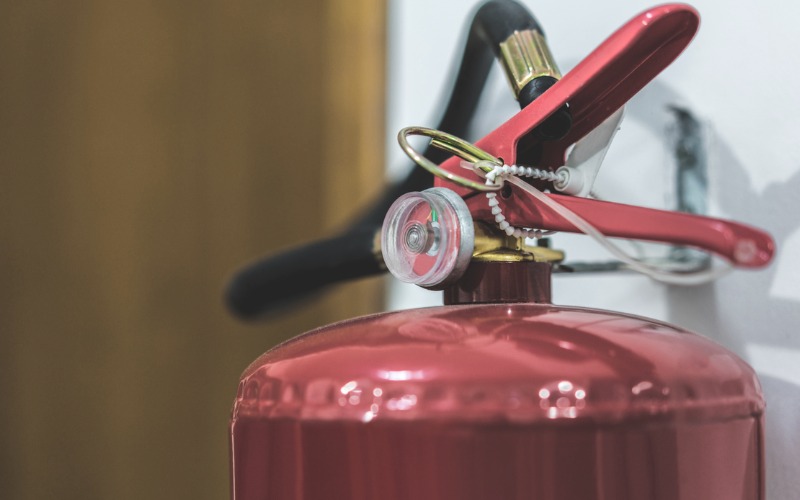An extinguisher for fires should be an essential item in every home. They should be located in all areas of your house, including the garage area where you could be tempted to ignite a fire due to cook-related mistakes or other mishaps when you are outside performing maintenance such as repairs around pipes. It’s not a good option to allow someone to wander off from the house while trying to fix something.
It is important to take into consideration the dimensions of the fire extinguisher you have. This will influence the amount of chemicals that you need as well as determine what you’re trying to stop. You should get one that’s adequate for your needs, make sure to consider both weights. you should also consider the classification. There are two types: Pressurized (high pressure) or Unloaded regular. Because of the risk involved using high-pressure equipment, which aren’t common in civilian settings, pressurization requires an additional safety Features Label. This label provides safety guidelines for handling.

There are three types of fire extinguishers. They are used to put out fires of various kinds and classes. Class A covers normal fire-prone materials like wood, paper and cloth. Class B is for flammable fluids like oil or grease but it does not include gasoline. It’s an igniter source rather than a liquid source. If you’re experiencing chemical reaction the final category C includes outgassing chemicals.
For electrical fires the Class C extinguisher can be used. Most extinguishers make use of dry ammonium-phosphate. Some also use halon that was eventually phased out due to its detrimental effects on earth’s atmospheric layer. Although these firefighting devices were intended for residential buildings when they first were created, you will still find them on expensive electronic devices such as televisions and computers.
A fire extinguisher capable of tackling any kind of fire is the most effective way to put out a fire. Firefighters suggest B:C and ARC types for house fires. These kinds of chemicals are more efficient at dealing with oil and grease-related emergency situations.
Firefighting is a complex task that requires the appropriate equipment. High-quality fire extinguishers can help in this process. They offer quick help from fires of various kinds and types.
To assess how these products perform, a rating system was developed. Class A is roughly one gallon per class. Class B covers 2 square feet.
If you’re dealing with any type of flame, fire extinguishers need to be a must in your home. It is recommended to dispose of them after their ten year lifespan. They will lose pressure over time, can be dangerous if used for longer than what the manufacturer suggests.
For more information, click fire hydrant flow testing